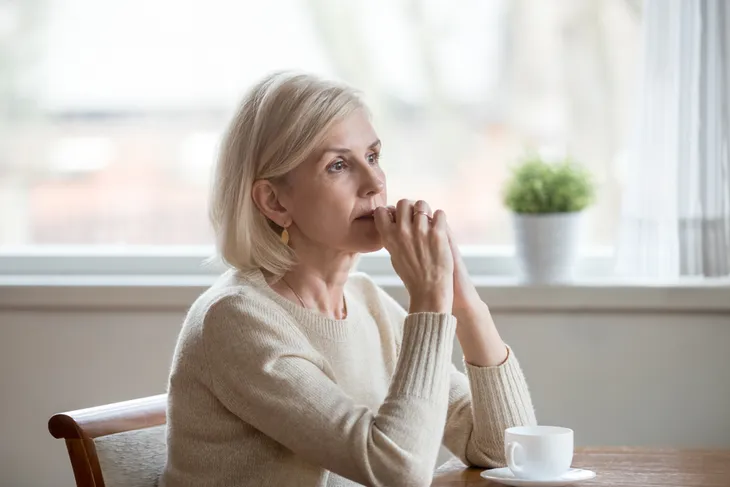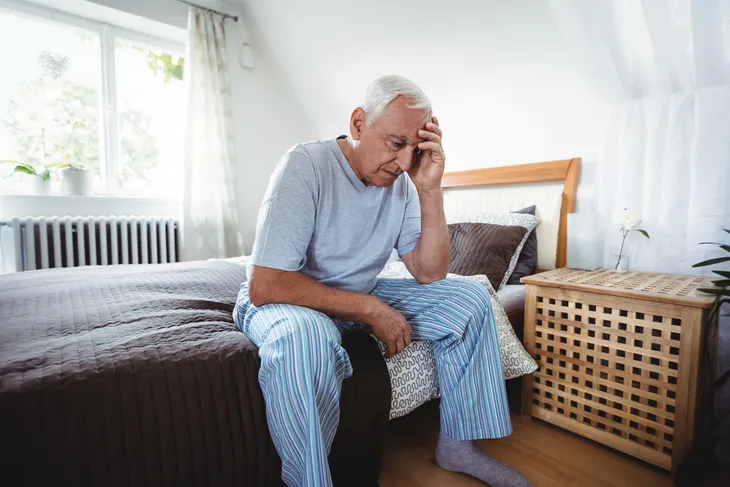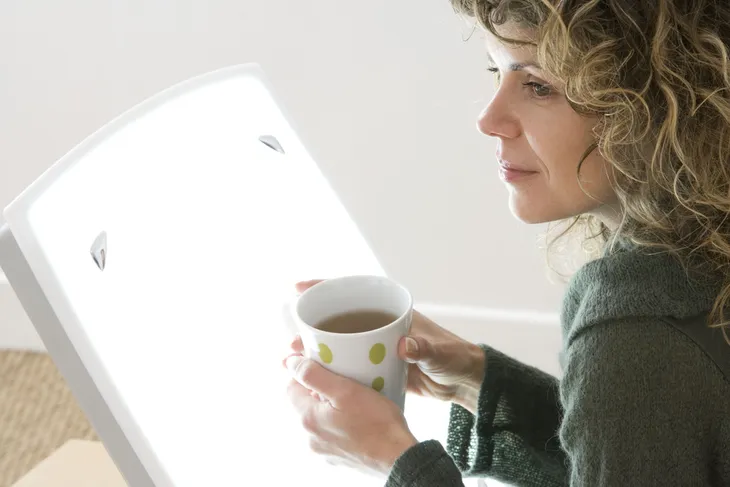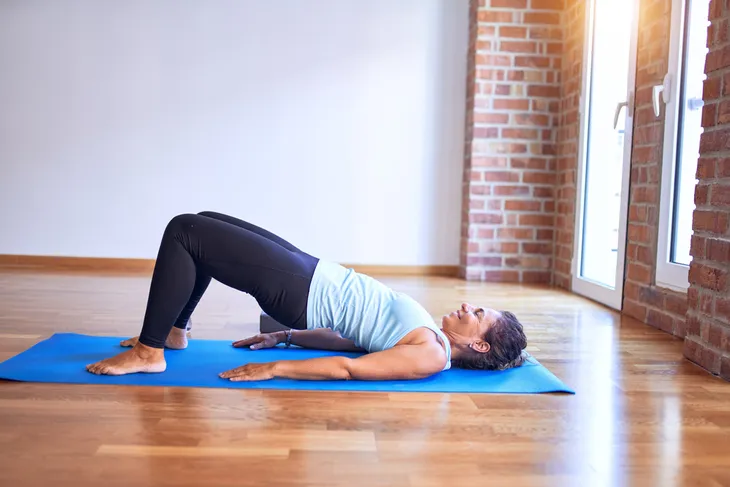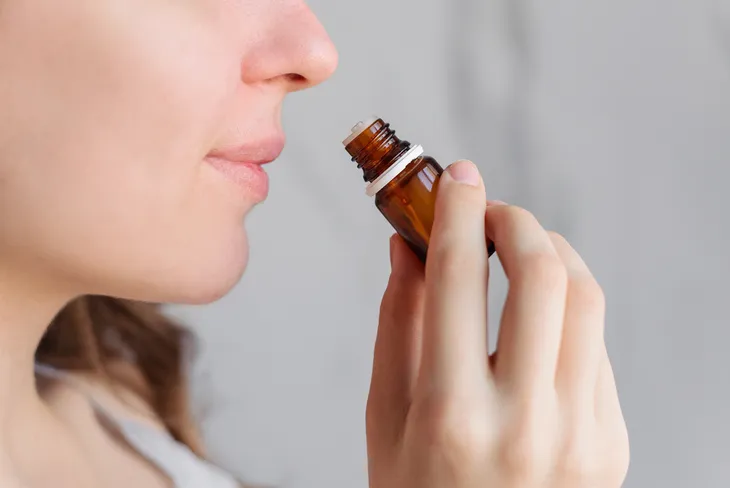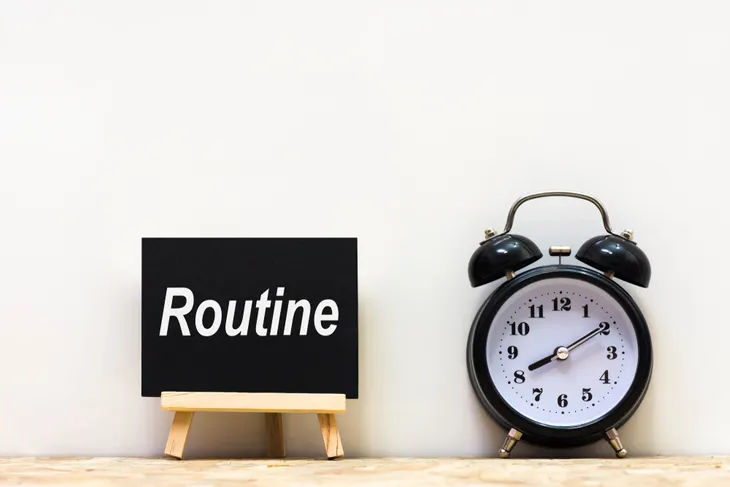Seasonal Affective Disorder, also known as SAD, is a type of depression that comes and goes as the season’s change. It’s also often referred to as winter depression because the symptoms are usually more prevalent and severe in the winter. SAD can affect adults of all ages but seniors may be more at risk due to certain lifestyle factors.
Older adults with mobility issues may spend less time outside which means less exposure to natural light resulting in a higher risk of developing SAD. The recent passing of a loved one, as well as feelings of isolation, can also put you at risk for developing this type of depression. The good news is that SAD is a treatable condition and there are steps you can take to help. Follow along as we explore ways seniors can ease the symptoms of Seasonal Affective Disorder.
What is Seasonal Affective Disorder (SAD)
Seasonal Affective Disorder is a type of depression that has a seasonal pattern. Healthline explains, “It’s a psychological condition that results in depression, normally provoked by seasonal change. People typically experience the condition in winter.”
It’s important to point out that SAD is more than just the winter blues. The major difference is that seasonal affective disorder will last for two weeks or more.
While the exact cause of this disorder is unknown, there are contributing factors that can put you at risk. For example, living in a climate that has long winter nights and less sun is a contributing factor. Light is thought to influence SAD as decreased sunlight exposure can affect your natural biological clock that is in charge of sleep, hormones, and mood.
Signs and Symptoms of SAD
The symptoms for Seasonal Affective Disorder typically start around October and end around April. That said, it is possible to experience symptoms before or after this time.
It’s important to note that symptoms can vary from person to person. They can also start mild but become more severe as the season progresses. Some common signs and symptoms to look out for include:
- Lethargy
- Difficulty concentrating
- Feeling depressed most of the day
- Difficulty sleeping
- Change in appetite
- Weight gain
- Feeling hopeless
- Losing interest in things you once enjoyed
How to Ease the Symptoms
While there is currently no “cure” for SAD, the good news is it is treatable. The first step is to speak with a professional. Since SAD is a form of depression it’s best to get diagnosed by a medical health professional.
Your doctor will be able to perform several tests to rule out other forms of depression and to confirm you do have SAD. From there, your doctor will create a treatment plan to help you deal with the symptoms. Let’s explore some of these next.
Light Therapy
One of the treatment options for SAD is light therapy. This can be done by using a light therapy box. The boxes give off light that mimics natural sunlight and is significantly brighter than regular lights in your house.
Many people with SAD can benefit from sitting in front of a lightbox for 30 minutes per day. Everyday Health explains, “This will stimulate your body’s circadian rhythms and suppress its natural release of melatonin.”
Get Outside
Another way to ease the symptoms of SAD is to get outside as much as you can and soak in the sunlight. If you live in a cooler climate make sure you dress warmly before heading outside. You might also want to take a walk outside when the sun is brightest, typically around noon.
Furthermore, when you’re inside try your best to keep all curtains open to ensure you’re getting as much natural light indoors as possible. And spend your time in the brightest rooms in your home.
Exercise Regularly
There are many benefits of regular exercise for seniors from warding off chronic diseases to maintaining strong muscles and joints. But that’s not all, exercising regularly can also help ease the symptoms of SAD.
If you can, exercise outside so you can reap the benefits of both exercising and sunlight. But if you’re experiencing inclement weather, exercising indoors such as walking on a treadmill or trying an at-home workout will suffice. As a bonus, exercising may also help offset weight gain that is common with SAD.
Try Aromatherapy
You may also find aromatherapy helpful. Everyday Health explains, “When you breathe in essential oil molecules, some researchers believe they stimulate these parts of your brain and influence physical, emotional, and mental health.”
To reap the benefits of essential oils you can try adding a few drops to your bath at night or add them to a diffuser to breathe in during the day. One study notes that essential oils from the poplar tree can help depressive disorders. Other essential oils that may be helpful include, lavender, bergamot, wild ginger, rose oil, and more.
Stick to a Routine
Trouble sleeping is a common symptom of SAD. The good news is there are ways you can get better sleep. For example, sticking to a routine will help improve your sleep which in turn, can help ease the symptoms of SAD.
Sticking to a routine can not only help with sleep but can also help prevent overeating, and ensures you are exposed to light at consistent times every day. If you have trouble sleeping you may also want to check out these sleeping tips for seniors.
Journal
Don’t underestimate the power of journaling. The act of writing down your thoughts can have positive effects on your mood. You may find that relieving all of your negative thoughts in a notebook is an effective way to get them out of your system.
WebMD notes that you should aim to write for about 20 minutes every day. Writing your thoughts, feelings, and concerns may help you feel more in control. You may also want to try shifting your viewpoint meaning you can practice positive talk. This can help retrain your brain to think about happy thoughts. Consider expressing gratitude in your journal and focus on things you are thankful for every day.
Eat a Well-Balanced Diet
Eating a well-balanced diet is an important part of easing the symptoms of Seasonal Affective Disorder. Research shows that low levels of vitamin D are linked to SAD. You may want to speak to your doctor about testing your vitamin D levels and find out if supplements are needed.
While no diet can cure depression, Harvard Health notes that what we eat can affect our mental health. For starters, try to consume a diet that is rich in fresh fruits and veggies, unprocessed whole grains, seeds, nuts, and lean proteins like fish. Further, try your best to avoid processed foods, added sugar, and processed meats.

